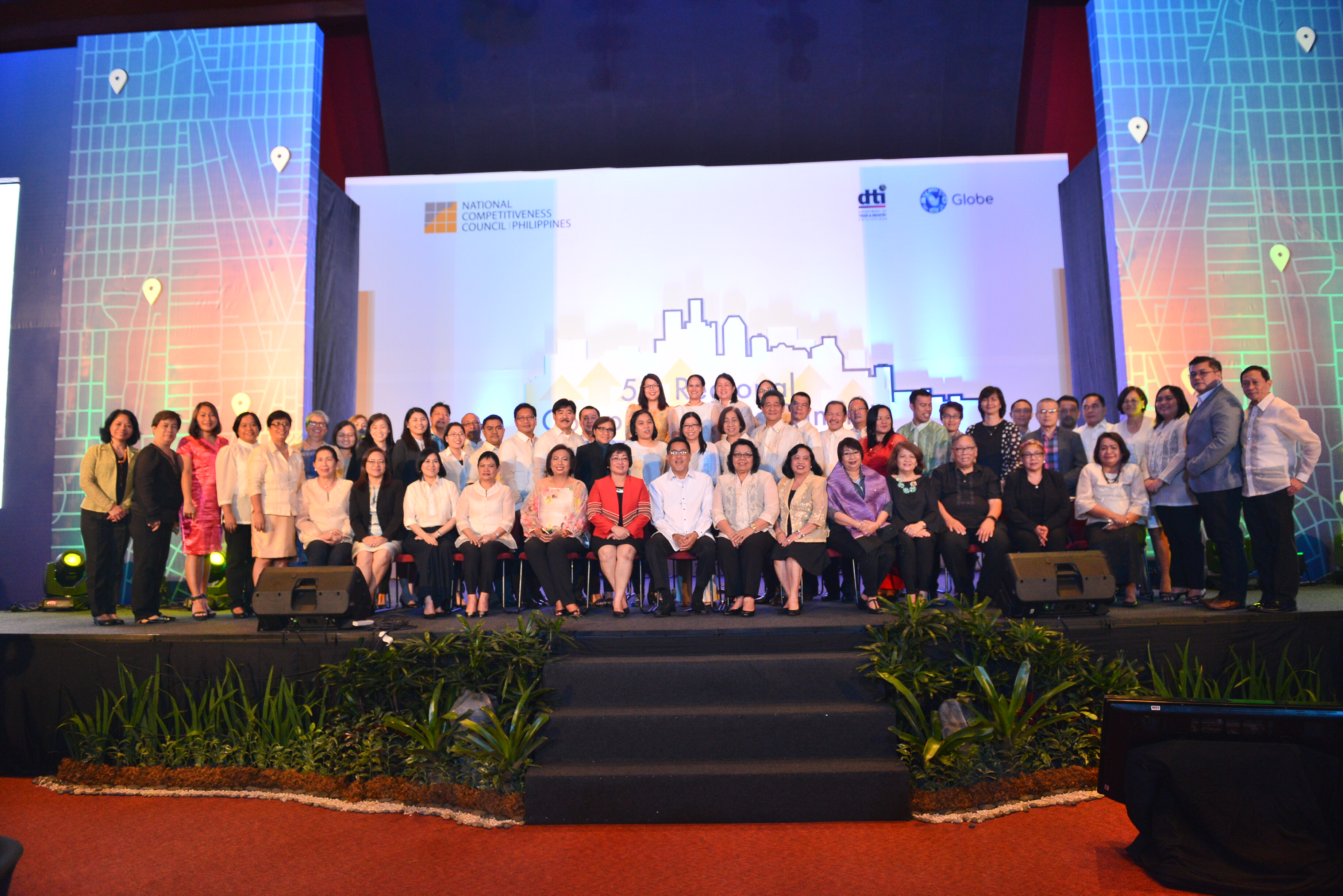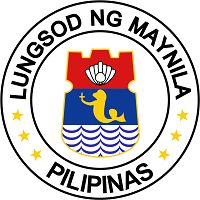Cities and Municipalities Competitiveness Index
2024 Rankings
DTI recognizes the top performers at the 2024 cities and municipalities Competitiveness Index Awarding Ceremony
Manila, Philippines, 23 August 2024 — The Department of Trade and Industry culminates the Creative Cities and Municipalities Congress (CCMC) with the highly anticipated Cities and Municipalities Competitiveness Index (CMCI) awarding ceremony, held at the Fiesta Pavilion of The Manila Hotel. The event recognizes the outstanding achievements of local government units (LGUs) across the country...
Read More
Rankings of Cities and Municipalities are based on the sum of their scores on 5 Pillars: Economic Dynamism, Government Efficiency, Infrastructure, Resiliency, and Innovation. Provincial rankings are based on population and income weighted average of the Overall scores of cities and municipalities under a province.
Most Competitive
Provinces
Most Competitive
Highly Urbanized Cities
Most Competitive
Component Cities
Most Competitive
1st to 2nd Class Municipalities
Most Competitive
3rd to 4th Class Municipalities
Most Competitive
5th to 6th Class Municipalities
About the Index
CMCI is an annual ranking of Philippine cities and municipalities developed by the National Competitiveness Council through the Regional Competitiveness Committees (RCCs) with the assistance of the United States Agency for International Development.
Read More MethodologyAbout the RCC
Building local competitiveness is critical to enhancing long-term national competitiveness. In pursuit of this goal, the National Competitiveness Council encouraged the creation of Regional Competitiveness Committees (RCCs) across the Philippines. Each RCC is composed of members from the public sector, private sector and academe. It should have one chairman from the public sector and a co-chairman from the private sector.
Read More
Academic Symposium Winners
Here are our Top 2 winners for the 2023 CMCI Academic Symposiums.
Congratulations!
Intensifying Strategies to Enhance the Competitiveness of the Emerging Creative Industry in the Province of Marinduque
Macatol, Roniel M.
Is imagination the only limit? Assessing the Innovation Capacity of Cordillera Cities and Municipalities as Enablers of Creative Economy
Kathleen Irah B. Magaliao
Indicators
Existing competitiveness indicator systems were used as guidelines in forming the framework behind the Index. Four convergent pillars were found among the most common key indicator areas:

Economic Dynamism
Creates stable expansion of businesses and industries and higher employment. The pillar matches the output and productivity of the local economy with...

Government Efficiency
Refers to the quality and reliability of government services and government support for effective and sustainable productive expansion.
Read more
Infrastructure
Pertains to the physical assets that connect, expand, and sustain a locality and its surroundings to enable the provision of goods and services.
Read more
Resiliency
Applies to the capacity of a locality to build systems that can absorb change and disturbance and being able to adapt to such changes.

Innovation
Refers to the ability of a locality to harness its creative potential to improve or sustain current levels of productivity.





.png)


.png)



.png)





.png)
.png)